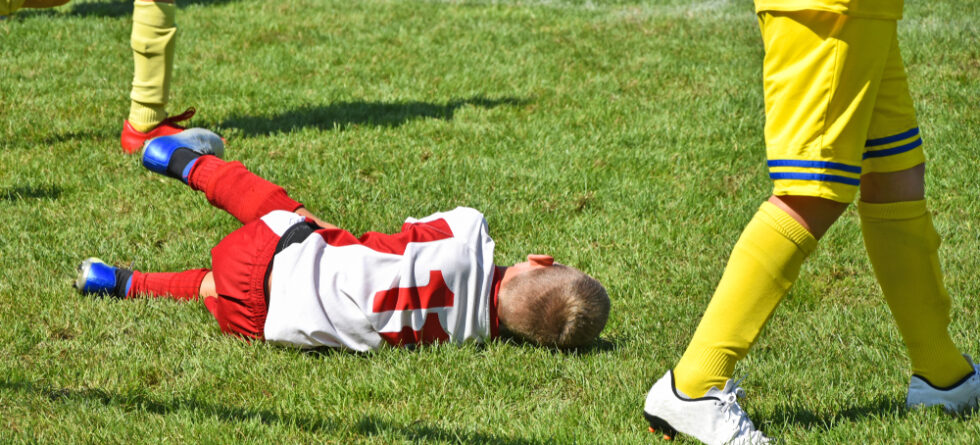Soccer, known for its high intensity and continuous action, is a sport that puts players at risk for various injuries. From sprains and strains to more severe injuries that can sideline players for months, understanding these injuries is crucial for prevention and proper treatment. This blog post delves into some of the most significant injuries in soccer, offering insights into their causes, prevention strategies, and the impact they have on players.
Common Severe Injuries in Soccer
1. Anterior Cruciate Ligament (ACL) Injuries
The ACL is a critical ligament in the knee that provides stability. ACL injuries are prevalent in soccer due to the sport’s rapid direction changes, sudden stops, and the potential for direct contact. These injuries can require surgery and a lengthy rehabilitation period, often keeping players off the field for six months or more.
2. Concussions
Concussions, a type of traumatic brain injury caused by a blow to the head or body, are a growing concern in soccer. They can occur from player collisions, falls, or heading the ball. Recognizing and properly managing concussions is necessary to prevent long-term brain health issues.
3. Meniscus Tears
The meniscus acts as a shock absorber in the knee. Tears can happen due to twisting movements, direct contact with tackles, or overuse. Depending on the severity, treatment can range from physical therapy to surgical repair.
4. Ankle Sprains
Ankle sprains are common due to the playing surface, footwork demands, and potential for contact. They involve the ligaments that support the ankle and can vary in severity. While mild sprains may require short-term rest and rehabilitation, severe sprains might need a longer recovery period.
5. Groin Pulls
Sudden changes in direction or speed can strain the groin area. Groin pulls can range from mild discomfort to severe pain and require weeks of rest and therapy.
6. Hamstring Strains
The hamstring muscles are susceptible to strains or tears, especially during explosive movements like sprinting. Recovery can be slow, and there’s a high risk of re-injury if not fully rehabilitated.
Prevention and Management
Injury Prevention Tips
- Warm-Up Properly – A comprehensive warm-up increases blood flow to the muscles and prepares the body for the physical demands of soccer.
- Strength Training – Strengthening the muscles around key joints (knees, ankles, hips) can provide additional support and reduce the risk of injury.
- Flexibility and Mobility Exercises – Regular stretching and mobility work can improve range of motion and decrease the risk of muscle strains.
- Proper Technique – Learning and practicing proper techniques, especially for jumping, landing, and heading the ball, can prevent injuries.
- Adequate Rest – Rest and recovery are as crucial as training, allowing the body to heal and prevent overuse injuries.
Injury Management
Immediate treatment following the R.I.C.E. method (Rest, Ice, Compression, Elevation) can help manage swelling and pain in the acute phase. Seeking medical advice for a proper diagnosis and treatment plan is essential, especially for severe injuries. Rehabilitation exercises, possibly under the guidance of a physical therapist, will be crucial for a full recovery and return to play.
Conclusion
While soccer brings the joy of the game to millions worldwide, it also comes with the risk of severe injuries. Understanding these injuries, their prevention, and proper management can help players enjoy a healthier, more extended career in the sport. Always prioritize safety and health, whether you’re a weekend warrior or a professional athlete, to ensure that the love for the game continues without unnecessary setbacks from injuries.




